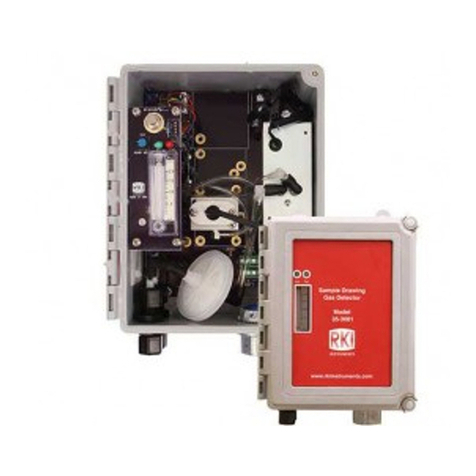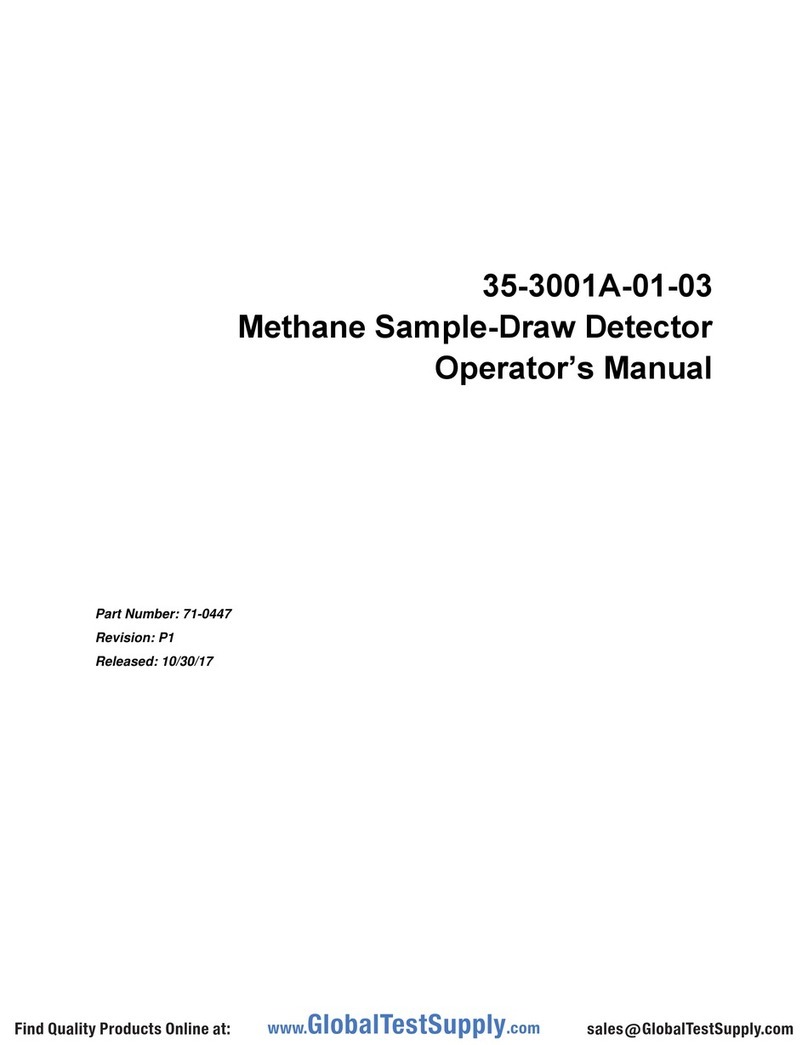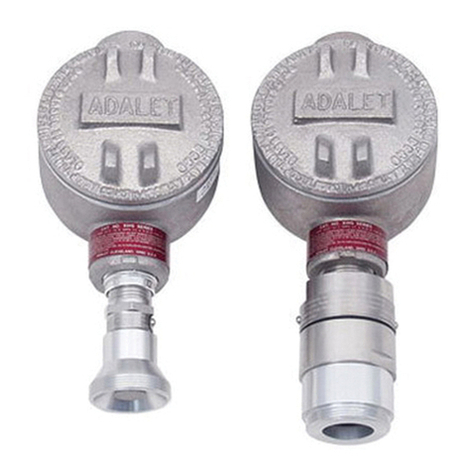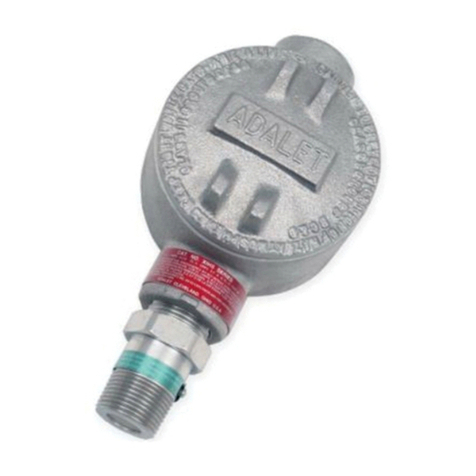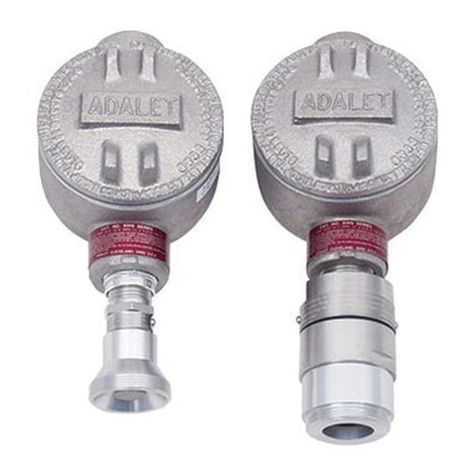
<Contents>
1. Outline of the Product...............................................................................................................1
1-1. Preface.....................................................................................................................................1
1-2. Purpose of use......................................................................................................................... 1
1-3. Definition of DANGER, WARNING, CAUTION, and NOTE.......................................................2
1-4. Method of confirmation for Standards and Explosion proof specification ..................................2
2.
Important Notices on Safety.....................................................................................................3
2-1. Danger cases ...........................................................................................................................3
2-2. Warning cases..........................................................................................................................4
2-3. Precautions...............................................................................................................................5
2-4. Safety Information ....................................................................................................................6
3.
Product Components ...............................................................................................................9
3-1. Main unit and standard accessories..........................................................................................9
3-2. Names and functions for each part...........................................................................................11
3-3. Block diagram...........................................................................................................................16
4.
How to Use ..............................................................................................................................18
4-1. Before using the detector head.................................................................................................18
4-2. Precautions for installation points.............................................................................................18
4-3. Precautions for system designing.............................................................................................19
4-4. How to install............................................................................................................................22
4-5. How to wire...............................................................................................................................24
4-6. How to tube..............................................................................................................................33
5.
How to Operate........................................................................................................................34
5-1. Preparation for start-up.............................................................................................................34
5-2. Basic operating procedures......................................................................................................35
5-3. How to start the detector head..................................................................................................36
5-4. Modes ......................................................................................................................................36
5-5. Maintenance mode (User)........................................................................................................38
5-6. How to exit................................................................................................................................41
6.
Operations and Functions ........................................................................................................42
6-1. Gas alarm activation................................................................................................................. 42
6-2. Fault alarm activation ...............................................................................................................43
6-3. Low Flow Rate Abnormal Operations.......................................................................................43
6-4. External output operation..........................................................................................................44
6-5. Other functions.........................................................................................................................46
7.
Maintenance.............................................................................................................................47
7-1. Maintenance intervals and items ..............................................................................................47
7-2. Maintenance mode (Regular maintenance)..............................................................................49
7-3. Gas calibration method.............................................................................................................57
7-4. How to maintain flow sensor.....................................................................................................64
7-5. Parts replacement.....................................................................................................................65
8.
Storage, Relocation and Disposal............................................................................................67
8-1. Procedures to store the detector head or leave it for a long time.............................................. 67
8-2. Procedures to relocate the detector head or use it again..........................................................67
8-3. Disposal of products.................................................................................................................67
9.
Troubleshooting ......................................................................................................................................
68
10.
Product Specifications..............................................................................................................70
10-1. List of specifications .................................................................................................................70
10-2. Detection principle....................................................................................................................92
11.
Definition of Terms................................................................................................................................94

